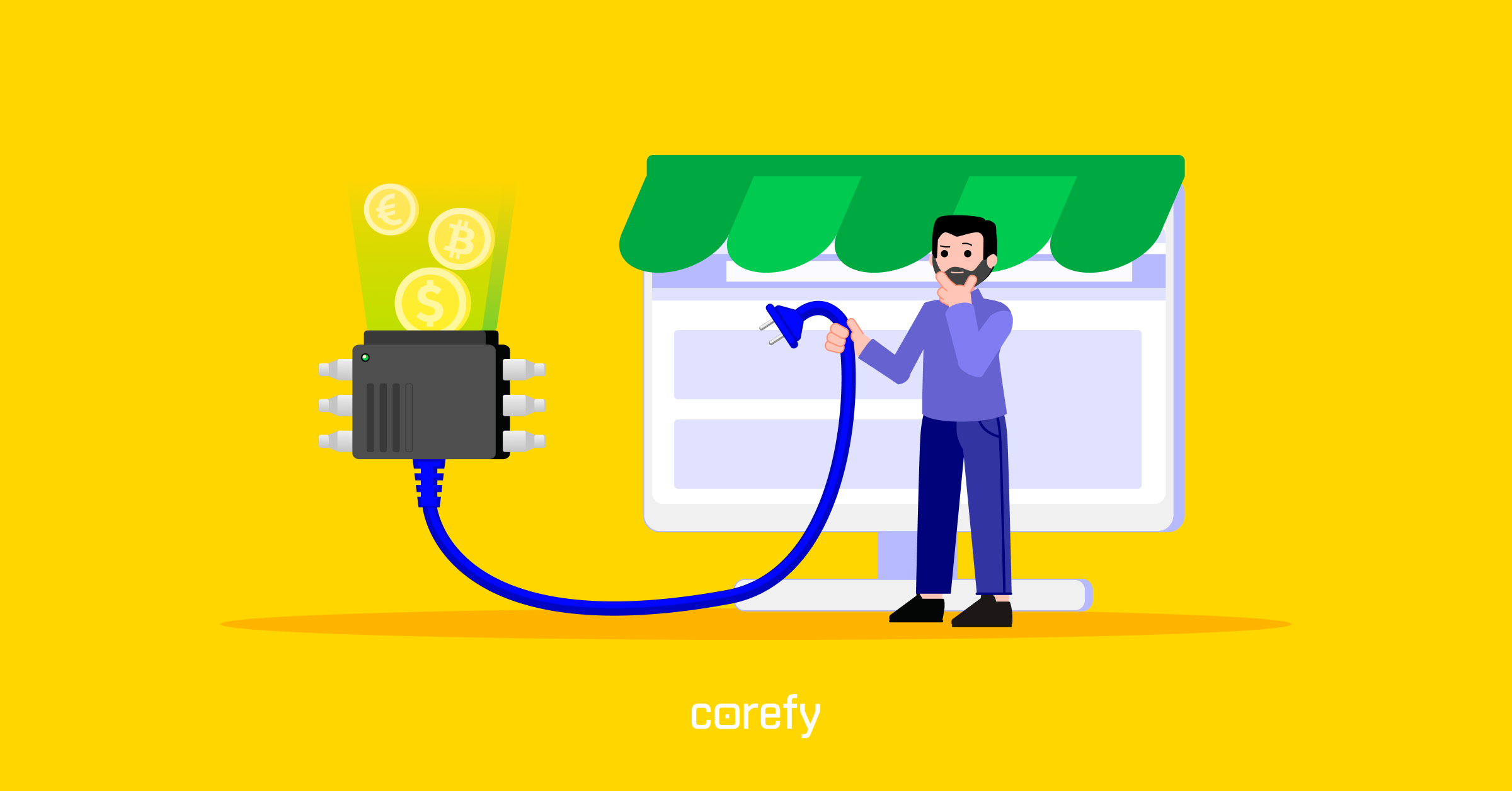Integrating a payment gateway into a website: the basics explained


The number of online shoppers keeps climbing yearly – people prefer buying on the go instead of spending time in queues. This perk of the modern world means that more businesses now wonder how to integrate an e-commerce payment gateway into a website and start accepting payments online.
In our previous articles, we’ve already described what a payment gateway is, why businesses need a payment gateway integration, and what criteria help companies choose the best payment processor for their needs.
Accepting online payments is not the only aim of utilising e-commerce payment systems, which usually include several capabilities. Depending on your business needs, you can benefit from additional features and make the payment experience on your site more convenient and secure for your users. E-commerce payment gateways often help with the following:
Now, let’s move to the next step – payment gateway integration. Imagine you’ve chosen the most relevant payment gateway for your website and now have one question – how to integrate it?
First, you must choose between the popular payment gateway types: an integrated and a hosted or self-hosted payment gateway.
An integrated online payment gateway for the website allows for establishing a connection with them through an API. Thus, buyers will make payments without redirection to third-party resources. On the one hand, this is convenient because it will not affect the conversion rate. But on the other hand, this payment acceptance method requires online businesses to take responsibility for the safety and security of customer data. Therefore, there will be a need to undergo the PCI DSS assessment and hire developers to provide such a payment system with the necessary level of security. There are several ways of hosted payment page integration: flash (modal), embedded (iFrame), and pay-by-link (redirect).
A hosted payment gateway for websites processes payments on its own or a payment processor’s side. Thus, it redirects users to a payment page on the third-party resource. Such systems provide a high level of security, so the client's banking data will be safe.
Hosted gateway connection also has downsides, as some customers don't trust third-party programs. Customers may leave the checkout page, leading to abandoned carts and negatively impacting conversion rates. As this issue is not new, payment gateways worked out a solution – a customised or white label payment gateway that can be branded to your website's look and feel. By choosing this type of payment gateway for your website, you eliminate the problem described above.
The choice of online payment gateway integration type depends on the size and needs of each specific business. Simple internet acquiring will do good for small businesses, but more significant e-commerce players need more sophisticated solutions such as payment aggregators or payment orchestration platforms. They usually provide holistic solutions that allow for secure payment processing with additional useful tools and features.
How to choose a payment gateway that suits your business needs the best? Should you opt for a specific payment gateway provider, integrate a hosted gateway, or choose a custom payment gateway? A deep analysis of your project, its turnover, and available resources, including time, funds, and human resources, will help you make the right choice. Contact our specialists if you need some assistance. We’d be glad to help you define the best option and set up the payment acceptance for your business.
Developing your own solution is one more way to become a payment processor. It implies starting from the very beginning, like hiring developers and other staff. This option of becoming a payment service provider has one huge drawback – it takes lots of resources, both financial and time.
Before you accept the first payment with your own payment gateway, you should take a long path of hiring, developing, testing, tweaking, and testing again, and it may take you several years and around $200K just for an MVP.
You may have heard that we at Corefy love simplifying complex things. Despite the type of gateway you choose, the payment setup configuration, payment management and other tasks connected with payment processing might be a real conundrum. But we believe that business owners should deal with business processes and development without distraction to technical matters. That's why we take all the technical issues and tasks and become your payment team as a service, helping you to configure the most efficient payment setup for your project and providing lifetime support and maintenance.
We provide all the necessary tools and data for you to start accepting payments on your site with the help of our Checkout quickly and with minimal effort. It is hosted on our side and allows you to get started with just a few lines of code added to yours.
Here are the available payment service integration options:
We understand that you want to start accepting e-commerce payments as soon as possible without losing time going into details. So, we are ready to assist you and give additional information on payment gateway integration. You may opt for a live demo to see how Corefy works with your very eyes and decide on the following steps.